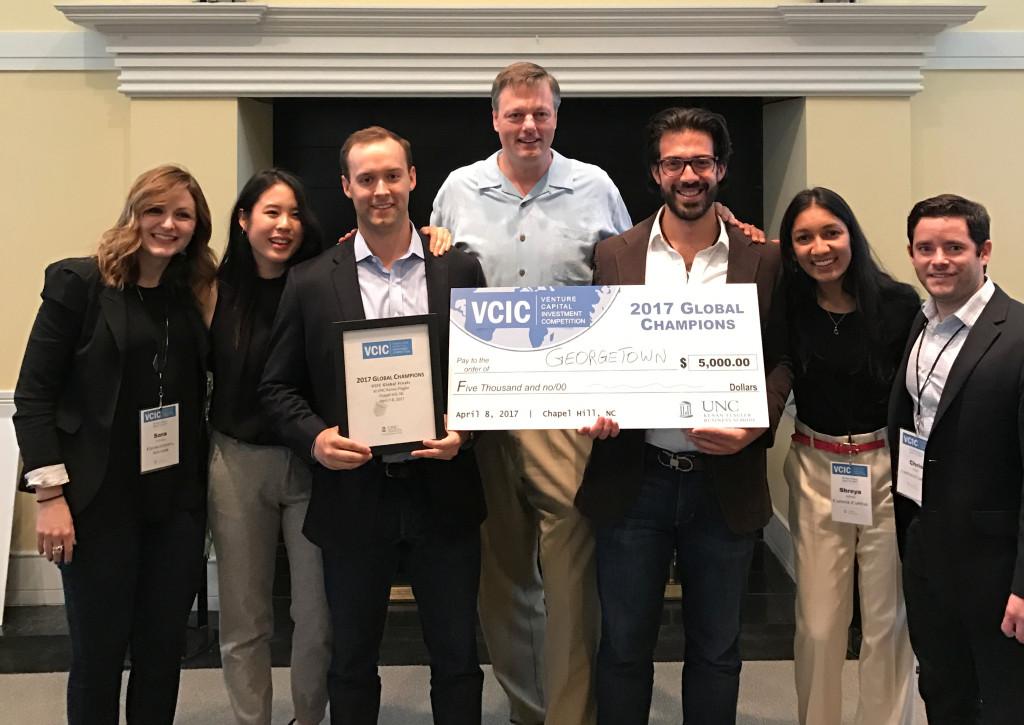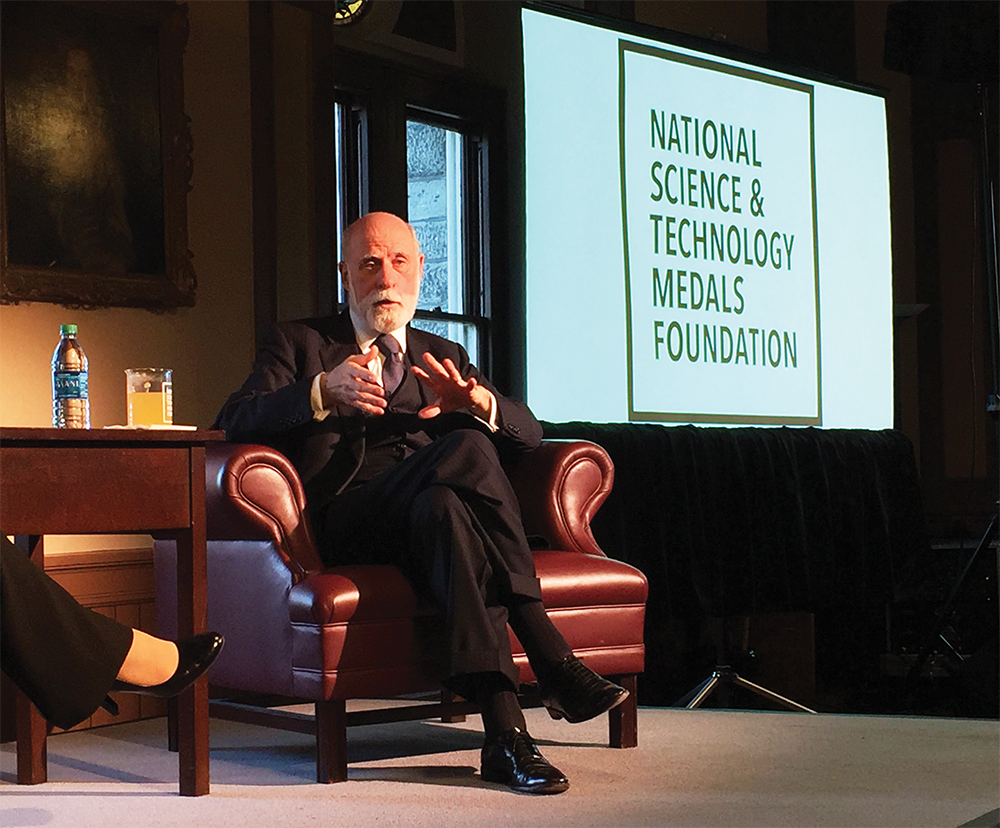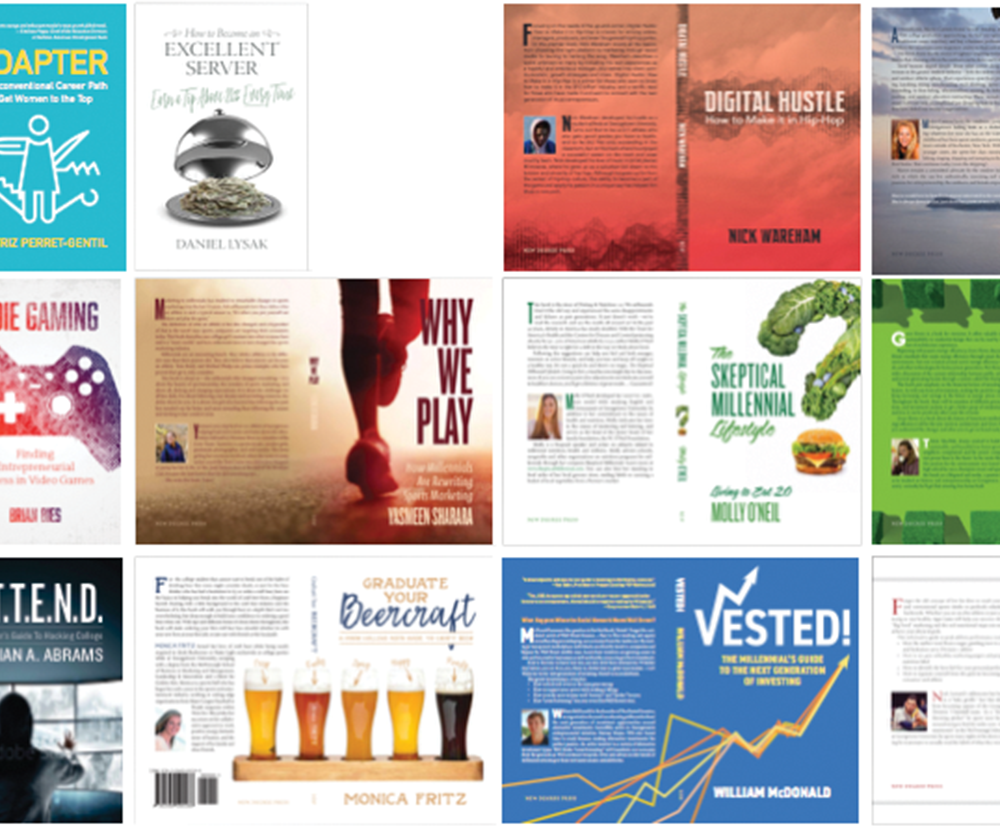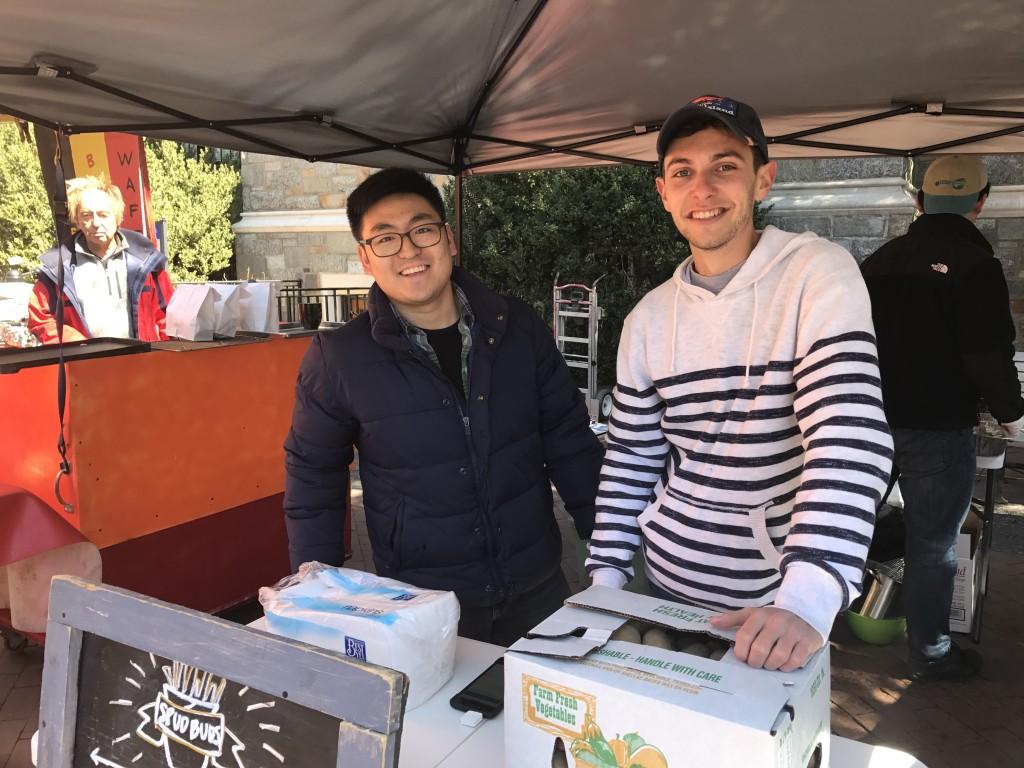Agronomics has grown on me.
Cultivating this science of soil management and the production of field crops into a sustainable and matured art is often an unrecognized necessity. Conservation of land and water is a component of humanity’s grand schema, but as of now, there is not an existential threat in place to redirect the typical business decision.
But, modern society is quickly running out of space to grow more crops, and even worse, we are running out of ethical excuses to seize untouched land for new agricultural pursuits.
Crops harvested today are largely monocultures of the same organism, reaped only to be replaced the next year. These methods provide reliability but contribute significantly to erosion. Our stagnant field usage blankets pesticides, leading to nitrate pollution and insect mutation. Simply put, we have the planet in checkmate.
Bleak as it seems, we are flourishing relative to our ancestors, and the ratio of the population working in agriculture has plummeted from 90 percent to 1 percent in the last 200 years. But with a blooming population that only plans to take deeper root in the earth, I fear prospects of starving not only ourselves, but the environment as well.
Growing lately is a new branch of biotechnology, where we are fortifying our existing plants to be more abundant, more succulent and sturdier organisms. But depending on the person, genetically modified organisms can either be a fearful suggestion or a delicately nuanced one. Unlike so many other advances in science, to investigate this unknown, we must ingest it. Unsurprisingly, this notion doesn’t agree with everyone.
Yet, genetic modification of crops is a practice that began centuries ago, and GMOs are proliferating and pollinating among our groceries already.
Attempts are made to subvert the logic behind genetic modification of organisms, and many are successful. Google the ubiquitous acronym “GMO,” contemplate the tone of each headline presented to you and you may understand how barren this frontier seems to the modern consumer.
Sprouting along with this stigma is the push for organic crop production, spurred by an appetite for plants in their natural state and flavor. Fallacious, however, is the pursuit of true purity: Wild-type bananas, for instance, were heavily seeded until we began processes of artificial selection and horizontal gene transfer. The issue of “organic” is a stance on a spectrum, not a binary, and thus it is a premium paid to move away from further tampering, not to reverse it.
If our wariness of genetic modification is a distrust of modern methods of gene splicing, I may give credence to such an argument when I see a peer-reviewed study on how current gene modification is empirically different from more dated techniques. None yet exists.
Still, there is no panacea for this weed-like spread of the anti-GMO stigma, and I somehow doubt the PR ability of companies like Monsanto to reverse the plague. The only salvation for the science of genetic modification of crops is to endure years of scrutiny and to sow our modified oats carefully, with an unbroken focus on the future.
As ever, we are still hungry for more, so I cull the possibility of vertical farming.
Modern agricultural methods of crop production are essentially scaled and refined versions of ancient techniques, originating from Mendelian cross-breeding to produce desirable traits. Other than that, we seem to have simply extrapolated two-dimensionally.
Unprecedented is the so-called “hydroponicum,” or soilless, high-rise greenhouse, so the idea stands with one leg in our imaginations and the other in oblivion. Innovation requires imagination, so suspend disbelief while I describe a glass skyscraper composed of disks stacked in a vertebral column, slowly swiveling for light like the nastic movements of a flower. Translucent, though undeniably green, it encloses rotating beds of plant life afloat in nutrient solutions. True to the nature of Nature, it is teeming with cyclicality, and it even purifies its own water.
All of these technologies exist, though not in concert. I am convinced they would make beautiful harmony. The greatest asset of all is that vertical farms could sprout up in the very center of the city, providing produce freshly and locally and circumventing the need for long stretches of fossil-exhausting transit.
Doubtless, such an invention taxes more than just one’s imagination. The vertical farm is not without its costs, as regulating the structure’s temperature and facilities would require a herculean amount of electricity. Whether these costs are obviated by the lack of transit is a question that can only be accurately answered closer to the stage of application, but I assume the unfortunate scenario in which vertical farming is costlier than predicted.
Even then, if we are not to innovate, then our only other option is to eat crow.
 Celeste Chisholm is a senior in the College. SHAPE OF THE FUTURE appears every month.
Celeste Chisholm is a senior in the College. SHAPE OF THE FUTURE appears every month.












